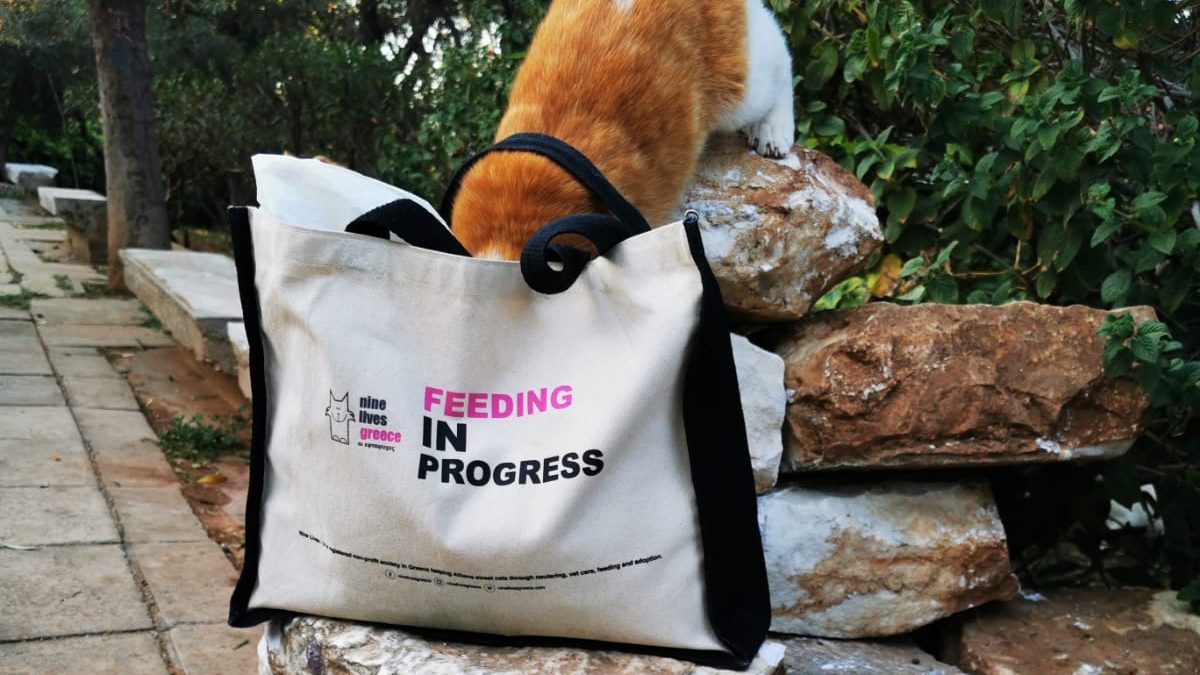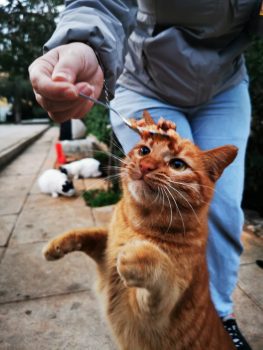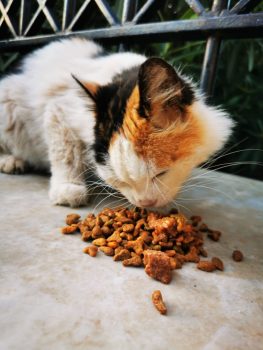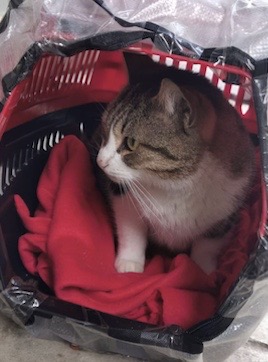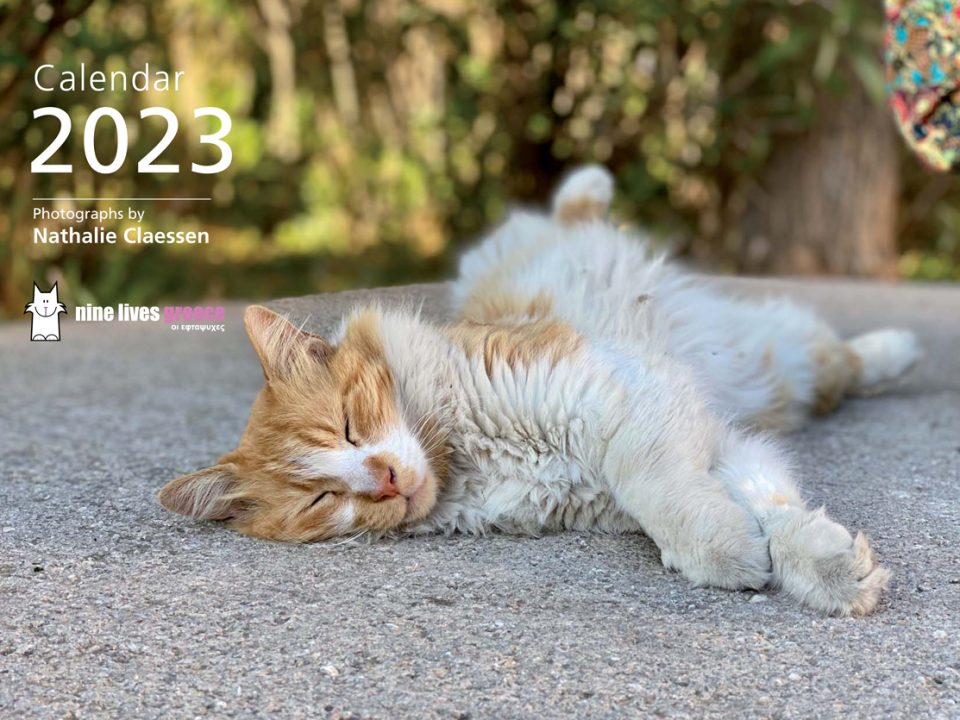
Oliver
November 16, 2023
7 Tips for Making Your Home Cat Friendly
December 28, 2023By Janelle Leeson
Cats have specific feeding requirements for every stage of their lives.
For instance, kittens under a year old need kitten food that is higher in calories and nutrients to support their rapid growth. Once your cat reaches adulthood, you’ll want to switch their diet to adult food to ensure they are still getting all the nutrients they need without the risk of gaining too much weight. And when cats reach senior status, around 10 years old, ask your veterinarian if transitioning to a senior diet could benefit them.
To make choosing the best cat food easier at any stage of life, we’ve provided some helpful tips.
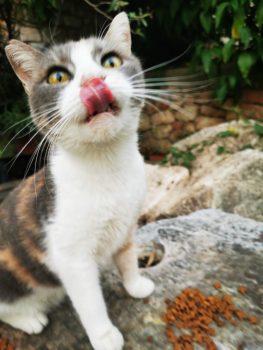 What do cats eat?
What do cats eat?
Cats are obligate carnivores, which means they must eat animal-based proteins for essential nutrients and overall well-being. In other words, cat food should always
contain meat such as whole meat products, animal by-products, or animal meals. Ideally, meat should be listed as the first ingredient in dry cat food and the first or
second ingredient in wet cat food (just behind water). However, a cat’s diet can’t solely consist of meat or table scraps to provide a well-rounded and balanced diet. Fortunately, commercial cat food diets incorporate many ingredients to ensure cats get all the nutrients they require.
How to Choose the Best Cat Food
The best food for your cat will depend on their age, lifestyle, and overall health. Speaking with your veterinarian about any particular health concerns is an important
first step in selecting the right food for your cat.
In general, cat food should:
● Be formulated for your cat’s life stage.
For cat food manufactured in Europe: Kittens can eat foods labeled as “growth and reproduction.” Adult cats can eat food labeled as “adult.” After sterilisation, both kittens and adult cats should ideally eat food labeled as “sterilised”.
For cat food manufactured in the United States: Kittens can eat foods labeled as “kitten,” “growth,” or “all life stages.” Adult cats can eat “adult,” “all life stages,” or “maintenance”. Senior cats can eat food labeled as “all life stages,” “adult,” “maintenance,” or “senior.”
● Contain animal-based protein.
Ingredients in cat foods are listed by weight. Chicken, fish, beef, and other meats in whole form or meals and by-products
should be the first or second ingredient listed.
● Be complete and balanced.
If the cat food has been produced in the United States, an Association of American Feed Control Officials (AAFCO) statement on its label means that it meets the minimum nutritional requirements that your cat needs. If the cat food has been produced in Europe, a European Pet Food Industry Federation (FEDIAF) statement on its label means that it meets the minimum nutritional requirements that your cat needs.
Wet cat food vs. dry cat food
The difference between wet and dry cat food is the water content. Wet cat foods contain more moisture than dry foods, there’s typically 75% to 78% moisture in wet or canned cat foods while dry cat food or kibbles contain 10% to 12% moisture. Despite this difference, wet and dry cat food provides the same nutrition. Because wet food contains lots of moisture, it can help to decrease the risk of dehydration in cats. It’s also beneficial to older cats with chronic conditions such as kidney disease. However, wet food can go bad quicker than dry food, especially when left out in the heat.
Meanwhile, dry cat food is generally more affordable, easy to serve, and won’t spoil when it sits out. Cats should always have access to clean water, especially when
offered a dry kibble diet.
Is it okay to feed stray cats?
Yes, and if you’re wondering what to feed stray cats, the best choice is wet or dry commercial cat food, says Dr. Konstantinos Antonopoulos, DVM, MSc, a veterinary
surgeon at Small Animal Clinic in Kalamata, Greece. “The food should be very rich in proteins, low in fat, rich in minerals and vitamins,” he says. That said, feeding stray cats leftover meat or fish from your plate is okay, as long as all bones have been removed and it’s done away from your table. Rather than at the restaurant or around other customers, feed stray cats by the nearest rubbish bin or at the curb underneath a parked car.
Keep in mind that onions, garlic, sweets, fried foods, dairy, and certain fruits can be toxic to cats or make them sick. And while olives are not toxic to cats, they provide very
little nutritional value and are high in salt. Olive pits can be a choking hazard or can cause intestinal obstruction if they’re swallowed. Before feeding a cat any human foods,
consult a list of toxic foods for cats.


